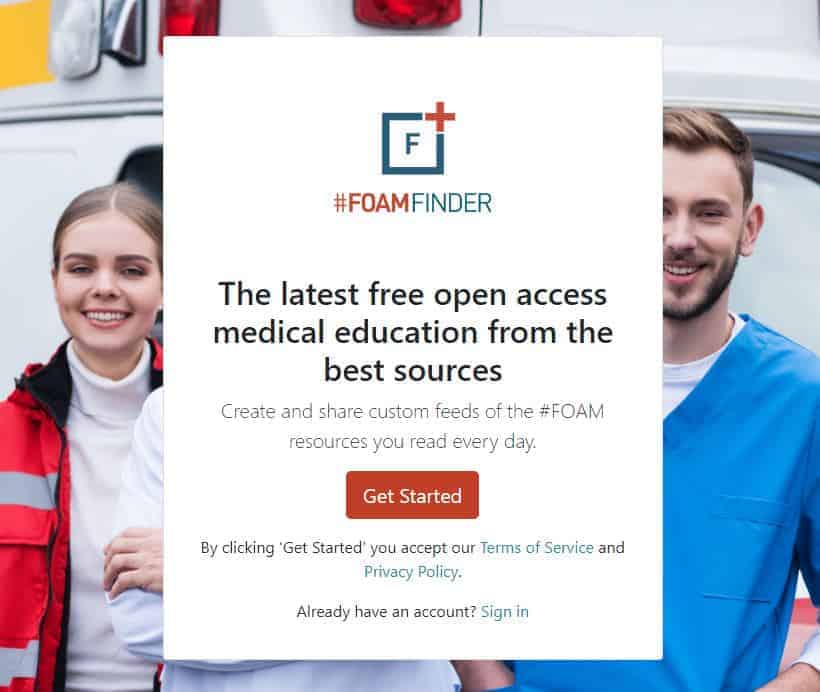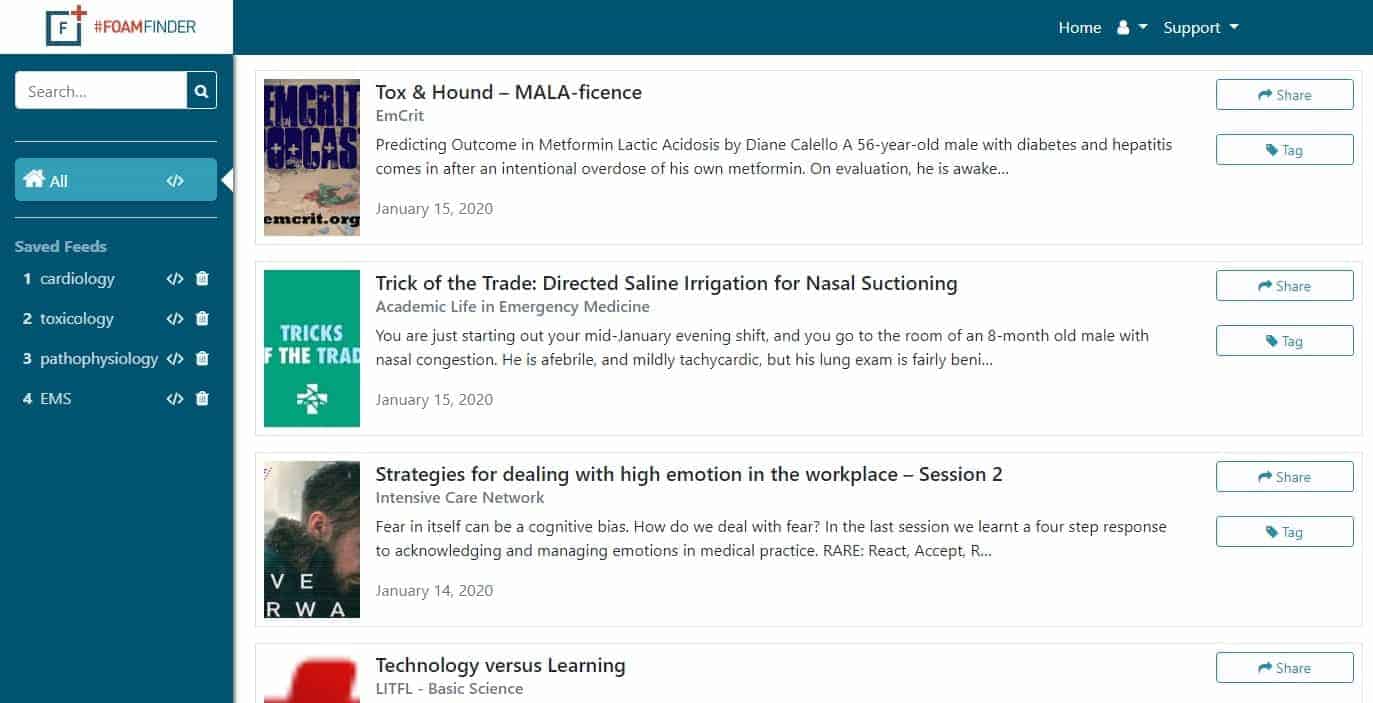
Dan Limmer, BS, NRP

by Limmer Education
Our articles are read by an automated voice. We offer the option to listen to our articles as soon as they are published to enhance accessibility. Issues? Please let us know using the contact form.
Part 1 of 3: Introduction to FOAM Resources
This series of blog posts will help introduce you to #FOAM if you are new and tell you how it works—as well as how to use it in your EMS classroom.
FOAM or FOAMed stands for Free Open Access Medical education. It is used by a community of clinicians dedicated to the dissemination of free, quality medical information.
You may not have heard of #FOAM, but if you read online sites or listen to podcasts with medical content, you've experienced it. (It's often paired with the hashtag because the content is commonly circulated through social media.)
The term FOAM was coined at a conference in Ireland in June 2012. In less than a decade, FOAM became a formidable source—and community. Read more about FOAM origins and get additional resources at the Life in the Fast Lane blog—a well-respected FOAM site.
In a recent Limmer Education survey of more than 400 providers, only about 50% knew about FOAM. To help spread the word, Limmer Education created FOAMFinder, a free search engine and community website. FOAMFinder searches for and helps make sense of the volumes of FOAM content available. We believe that the free material available is valuable, passionately created, and part of a dedicated community of providers who wish to share their knowledge and experience with you. We want to help.

FOAM content is delivered via the internet in written (blog), audio (podcasts), and image formats. You can use Limmer’s FOAMFinder to access the material. You can also search for hashtags on Twitter such as #FOAMems for EMS-specific content. For more specific content, combine clinical specialties with the hashtag; for example, #FOAMcardiology, #FOAMtrauma, #FOAMtox, and #FOAMpeds.
You may also find podcasts on your favorite topics. Use a podcast app on your phone (e.g., Apple Podcasts) and search for your favorite topics (e.g., EMS or Emergency Medicine). Here are a few of our favorite EMS podcasts.
The FOAMFinder app aggregates all these sources and gives you a single place to check for the latest free, open-access medical education content.

As beneficial as some of the FOAM resources are, some look at FOAM with a bit of skepticism—especially when comparing it to peer-reviewed clinical literature. We acknowledge that FOAM often isn’t peer-reviewed. But does it need to be? Can a community share information, experiences, opinions, and insightful commentary to supplement the other sources available to EMS and medicine? We believe so. And we believe in the power of FOAM.
Pro:
Free
Current information
Delivered in small bites
Offered in various media (blog, podcast, images)
Created with insights, relevance, or analysis
Con:
Not peer-reviewed
Various levels of quality
User must evaluate content for credibility/accuracy
This is just an introduction to FOAM. Over the next couple of weeks, we’ll talk in more detail about how to use FOAM in the classroom and provide some resources for doing so.
Read Part 2: Examples of FOAM and How It Relates to Paramedic Education.
Read Part 3: Six Ways to Integrate FOAMed into Your Classroom.

Dan Limmer, BS, NRP

Dan Limmer, BS, NRP